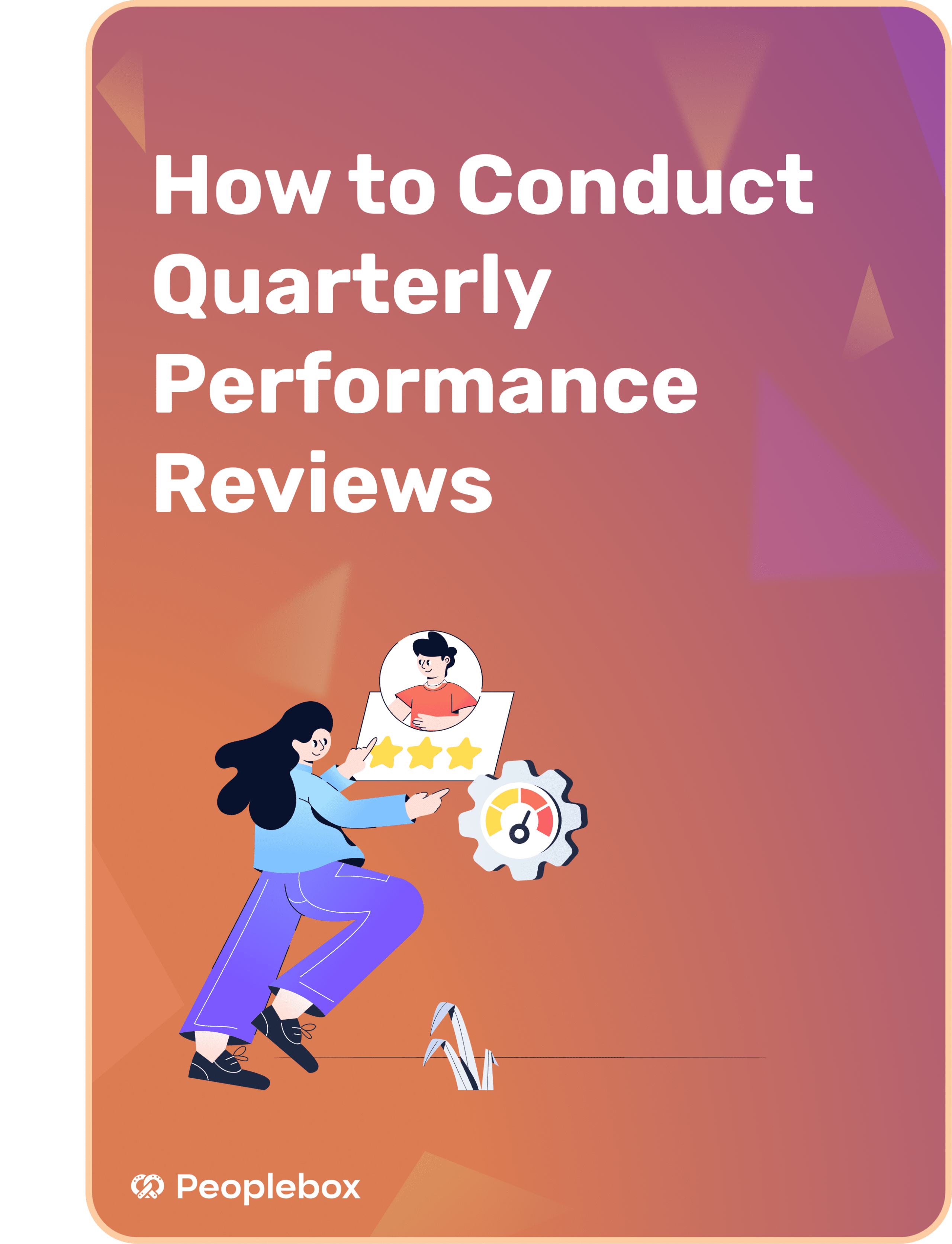Chapter-wise Summary
Chapter 1: Creating a Culture Where People Love to Work
Transform your team’s environment by mastering psychological safety, building unshakeable trust through transparent leadership, and embedding continuous learning into daily habits. Assess and improve your team culture, leveraging meetings for meaningful development.
Chapter 2: Hiring People Who Make the Team Better
Identify “growth DNA” in candidates, use strategic interviewing to uncover learning agility, onboard new hires for fast impact, and spot red flags alongside green lights. Access a bank of growth-focused interview questions.
Chapter 3: Performance Reviews That Actually Help People Grow
Apply the GROW feedback framework for action-driving conversations. Set goals that drive both performance and development, master future-focused questions to boost motivation, create learning-loop feedback for continuous improvement, and utilize practical templates to track and accelerate progress.
Chapter 4: Making Learning Part of Every Day
Build a comprehensive skill-mapping system, design personalized learning paths for real skill development, implement the 70-20-10 framework for natural growth, foster a self-sustaining learning ecosystem, and use progress tracking that motivates, not micromanages.
Chapter 5: Career Paths That Keep Great People Around
Map multi-dimensional growth journeys beyond traditional ladders, craft individual development plans aligned with business goals, support both vertical and lateral career progressions, ensure smooth and successful role transitions, and identify and nurture your high-potential talent pipeline.







